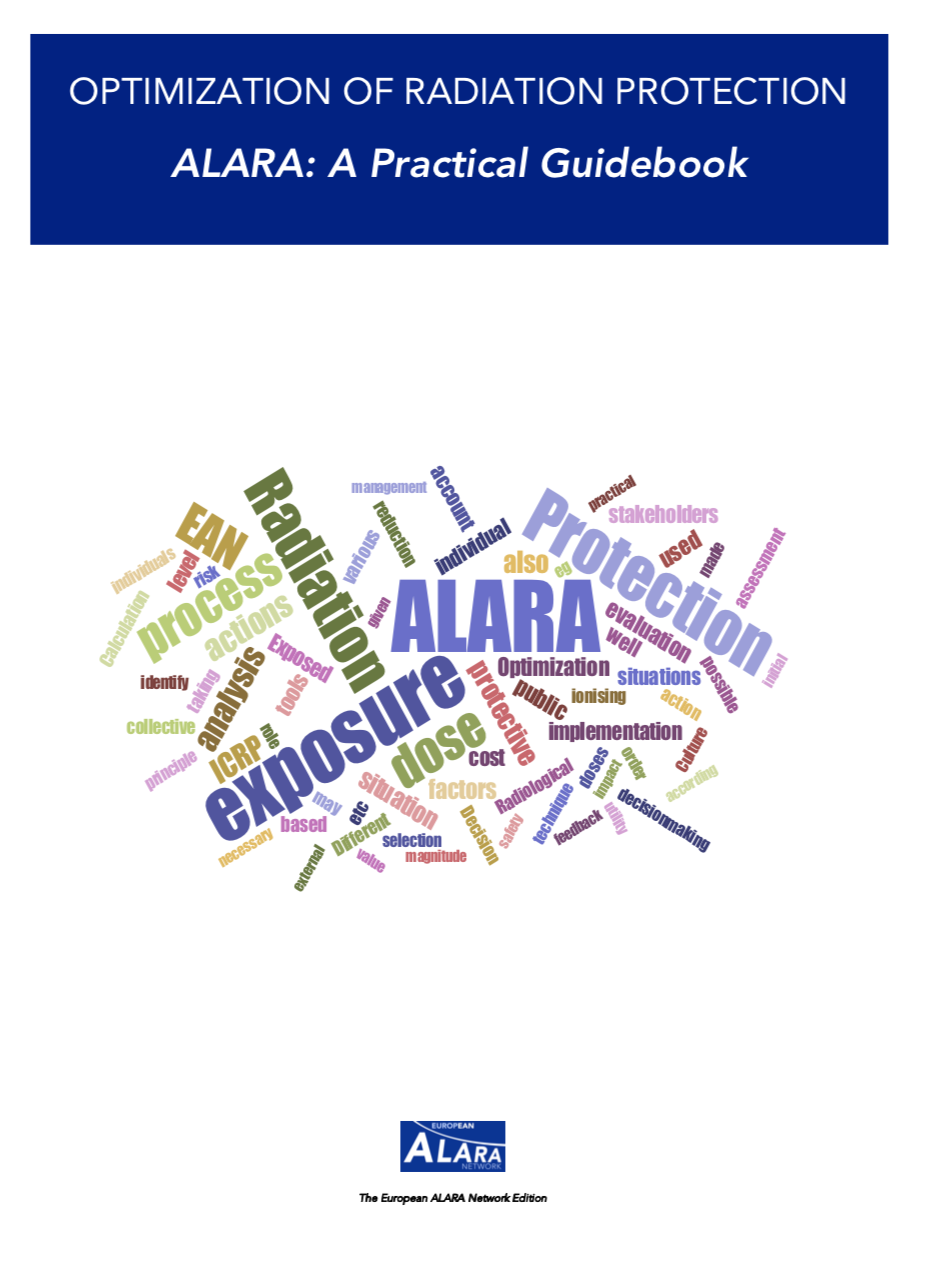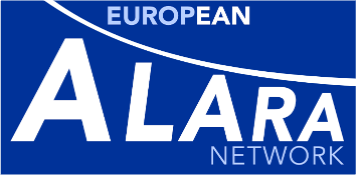Documents related to ALARA
"Well, we finally made it"'Oh Love', in Love Unlimited, PNY International, 1973.
 The EAN Working Group on ALARA Culture has achieved the elaboration of a book on the ALARA principle. Optimization of Radiological Protection - ALARA: A Practical Guidebook intends to give a clear and practical picture of what is ALARA and how to apply it – and in line with the last recommendations and standards from international organizations. ALARA: A Practical Guidebook provides an extensive description of the ALARA principle, elaborates on the specificities of ALARA for the different exposure situations and is illustrated by more than 40 examples of application in different exposure situations: nuclear installation, medical facilities, 'natural' exposure, emergency exposure situations etc. The examples are coming from the real-life.
The EAN Working Group on ALARA Culture has achieved the elaboration of a book on the ALARA principle. Optimization of Radiological Protection - ALARA: A Practical Guidebook intends to give a clear and practical picture of what is ALARA and how to apply it – and in line with the last recommendations and standards from international organizations. ALARA: A Practical Guidebook provides an extensive description of the ALARA principle, elaborates on the specificities of ALARA for the different exposure situations and is illustrated by more than 40 examples of application in different exposure situations: nuclear installation, medical facilities, 'natural' exposure, emergency exposure situations etc. The examples are coming from the real-life.
ALARA: A Practical Guidebook is addressed to organizations and peopled involved in radiation protection and its allied fields at work or having an interest in it – engineers and technicians, experts and managers etc. The Book can also be used as training material for teachers and students in radiation protection.
With ALARA: A Practical Guidebook, the Working Group and the EAN wishes to contribute to the awareness and education in radiation protection and in all its field of application. The objective is to participate to a wider and more uniform implementation of ALARA into practice, so to ensure the efficient optimisation of the exposures and the better protection of the people.
Optimization of Radiation Protection - ALARA: A Practical Guidebook (.pdf, 4.5 Mo), ISBN: 978-2_9569796-0-9 © 2019, The European ALARA Network Edition.
The EAN and ERPAN have decided to set up a meeting in December 13th 2018 to brainstorm on their understanding of the "graded approach" and experience in implementing it in the context of Euratom Directive 2013/59 article 24. To narrow the discussion, it has been decided to give a focus on the graded approach for the protection of workers in workplaces.
The synthesis summaries elements from the four keynotes presented and the resulting discussions took place between the presentations.
To collect more information and material, a survey adresses to both Regulator and Applicant/Licence holder is running (deadline: 31st July 2019). Results will be made available on the EAN website.
The Strategic Agenda of the European ALARA Network for the 2015 - 2020 period has been elaborated by the Members in 2014 and is now published on the website (in the 'Presentation of EAN/EAN Strategic Plan' section). The Strategic Agenda reminds the general objectives of EAN and presents the objectives of the Network for the period and the work programme to fulfil it.
EAN Strategic Agenda 2015 - 2020 (pdf, 455 Kb)
The 15th EAN workshop on "Improving ALARA Culture through Education and Training" was in particular focus on measuring the effectiveness of training.
Following their presentation during the workshop E. Grindrod and J. Stewart from Public Health England propose in this article an "untraditionnal" approach to test knowledge, application and competences of emergency responders at the end of their training event. The article deals with the advantages and disavantages of this approach and looks for areas of future development.
The article can be downladed here (pdf, 132 Ko).
Following recommendation from the three first EAN workshops, the European Commission has set up a research project on the application of ALARA for the internal exposure. The SMOPIE (Strategies and Methods for the OPtimisation of Internal Exposure of workers from industrial natural sources) project came to its end in June 2004 and has generated important information about practical radiation protection monitoring programs in NORM industries. It provides practical information how to assess the radiological consequences for the workforce in a first screening campaign, and how to get more information when the first screening warrants further research. By this approach, the most efficient use can be made of resources, without spending unnecessary time and money where this is not justified and by advising on the use of the right instrumentation for the follow up of the job, in a way that produces the quality of results required to implement radiation protection controls.
You can download as Pdf files the final report and annexes:
Final Report, Annex 1, Annex 2, Annex 3/1, Annex 3/2, Annex 3/3, Annex 3/4
